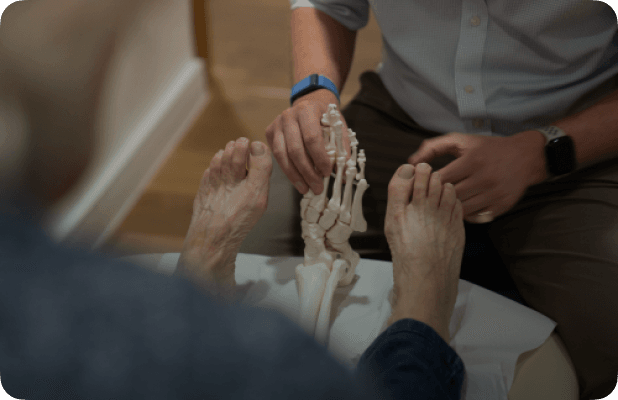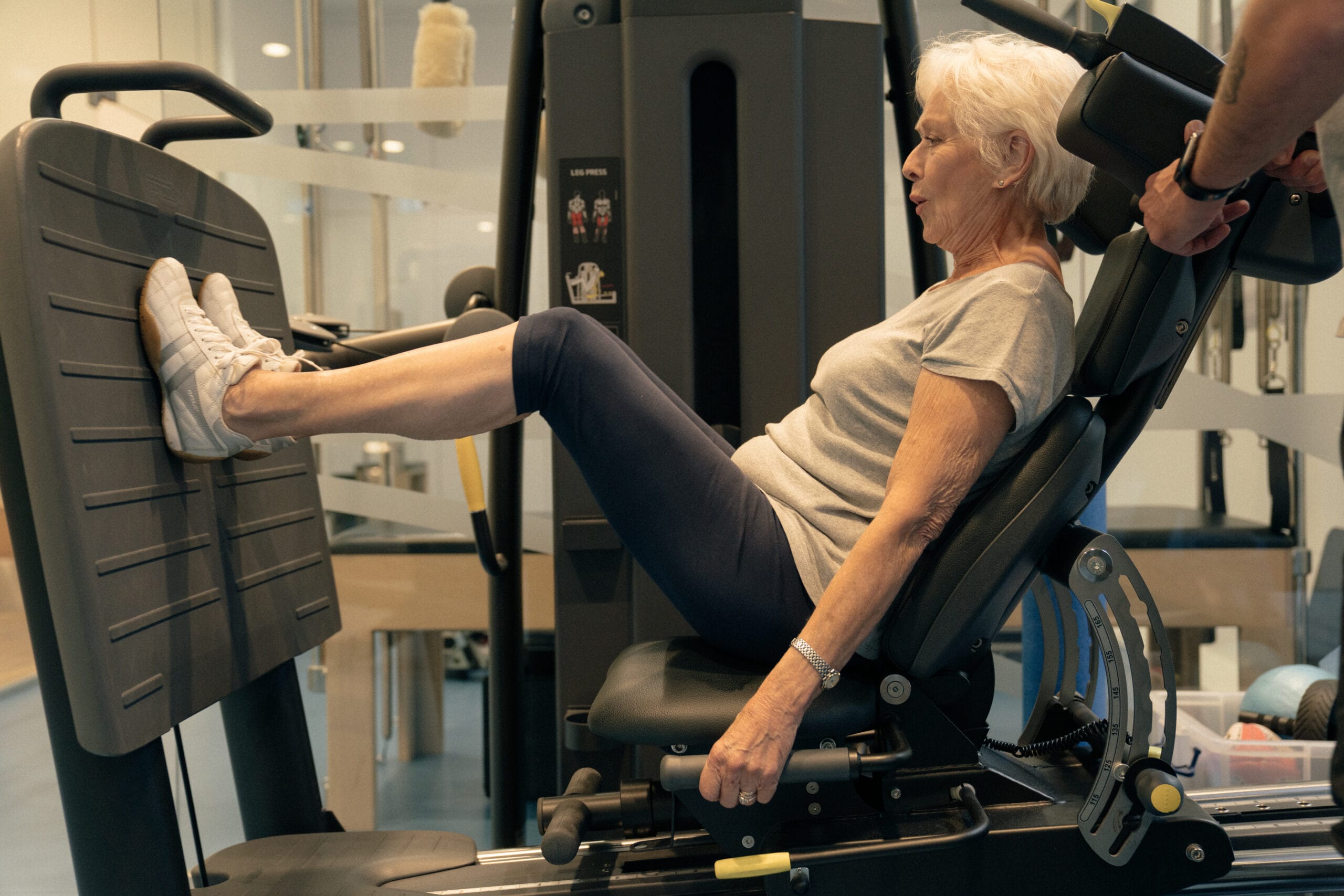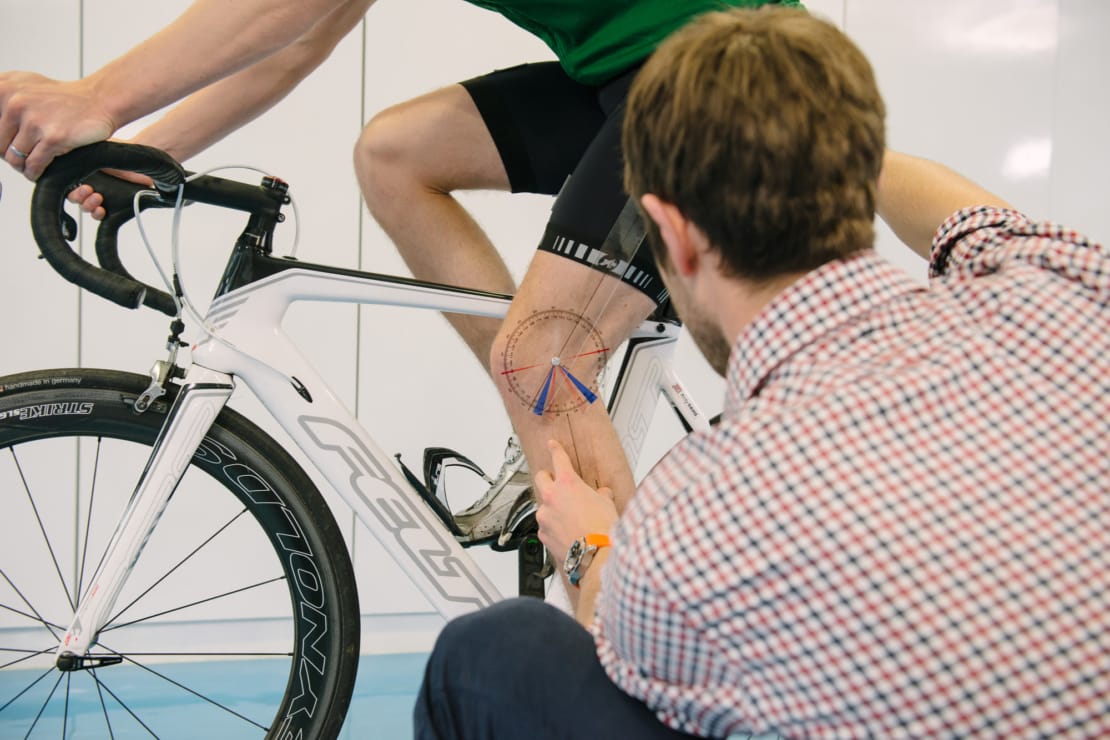Clinical Bike Fit Assessment
Our Clinical Bike Fit assessment performed by Physiotherapists, will improve both comfort and performance on the bike.
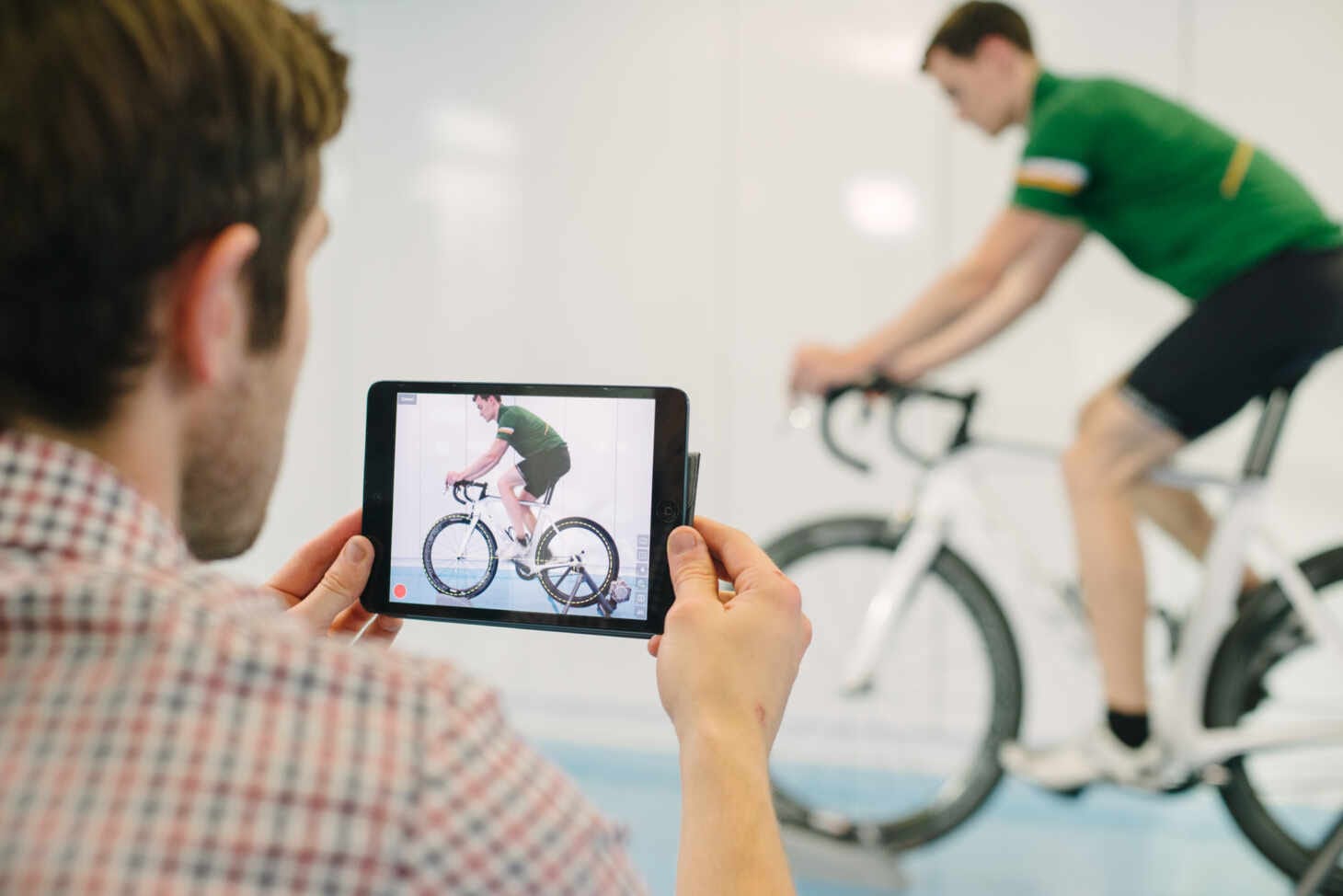
A clinical bike fit assessment has the ability to change the way you ride. It can improve both comfort and performance on the bike and allows you to get the most out of your bike.

Our specialists won’t just highlight areas of weakness in your set up, they will also identify the limitations within your body and give you the tools improve.
During a 2-hour session, our experts will assess your body, shoes and bike to get you riding optimally. All you need to bring is yourself, your cycling equipment and a bike.
Get in touch to bookBike Fitting Specialists

Pricing
- Clinical Bike Fit Assessment (120 mins) – £250
Clinical Bike Fit Assessment
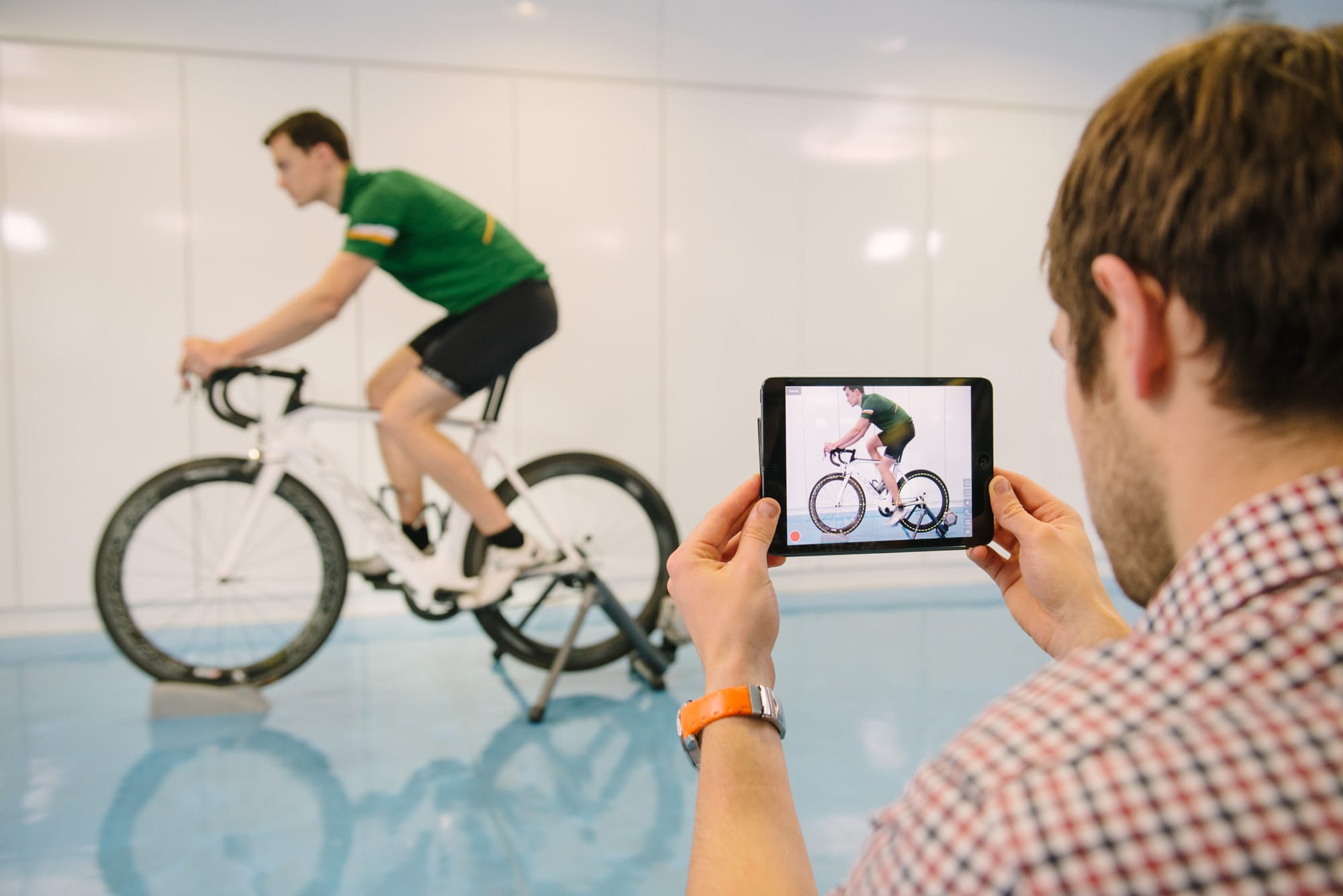
Frequently asked questions
A clinical bike fit offers a personalised, medically-informed approach to optimising your position on the bike for comfort, performance, and injury prevention. Unlike standard fits, it takes into account your biomechanics, flexibility, injury history, and specific goals. Benefits include reduced risk of overuse injuries (like knee, hip, or lower back pain), improved pedalling efficiency, enhanced power output, and better endurance. A clinical fit also addresses issues such as saddle discomfort or numbness by fine-tuning contact points like saddle height, handlebar reach, and cleat position. Ideal for cyclists of all levels, it ensures your bike works with your body, not against it.
A clinical bike fit is a detailed, multi-step process designed to optimise your riding position based on your individual biomechanics, flexibility, and cycling goals. Here’s what’s typically involved:
-
Initial Consultation: The fitter will discuss your cycling history, goals, injury history, and any discomfort or pain you experience while riding.
-
Physical Assessment: A series of assessments are done to evaluate your flexibility, strength, range of motion, posture, and biomechanics. This may include checking your joint mobility, leg length discrepancies, and alignment.
-
Bike Set-up: The fitter will adjust key components of your bike, such as saddle height, saddle position, handlebar reach, and stem length, based on your measurements and physical assessments. They may also check your cleat position to ensure optimal pedalling efficiency and alignment.
-
Dynamic Assessment: You’ll ride the bike, often on a stationary trainer or rollers, while the fitter observes your pedal stroke, body movement, and posture. Video analysis may be used to assess your pedalling technique, back angle, knee tracking, and overall posture.
-
Adjustments and Fine-Tuning: Based on the dynamic analysis, the fitter will make further adjustments to ensure that your position is comfortable, efficient, and aligned to prevent injury.
-
Post-Fit Advice: You’ll be given tips on maintaining your new fit and guidance on stretching or strengthening exercises to support your riding posture.
The goal is to achieve a bike position that minimises discomfort, maximises efficiency, and helps you ride more comfortably and effectively, whether you’re training or racing.
A clinical bike fit is beneficial for cyclists of all levels, from beginners to professionals. It is especially valuable for those who experience discomfort, pain, or injury while riding, such as knee pain, back pain, or saddle soreness. Athletes looking to improve their performance and efficiency can also benefit, as the fit can help optimise power output and reduce fatigue. Additionally, a clinical bike fit is useful for cyclists recovering from injuries or those with specific biomechanical concerns, such as joint issues or limited flexibility. Ultimately, anyone seeking to improve comfort, performance, and long-term cycling health can benefit from a clinical bike fit.
A clinical bike fit can certainly help you improve your cycling, although it’s important to note that it’s just one piece of the puzzle. By optimising your riding position, a clinical bike fit can improve your comfort, pedalling efficiency, and power output, all of which contribute to better performance. It also helps prevent injuries by aligning your body correctly with the bike, reducing the risk of overuse injuries and strain. While it won’t directly increase your stamina or technique, a proper bike fit ensures that you’re riding in the most efficient and pain-free way possible, which can make training and cycling more enjoyable, sustainable, and effective.
A clinical bike fit takes two hours. The process involves an initial consultation, physical assessment, bike adjustments, dynamic testing, and fine-tuning. Depending on the complexity of your needs or any specific issues (like previous injuries or discomfort), it may take a bit longer. The fit session allows the fitter to assess your position thoroughly, make precise adjustments, and ensure you’re comfortable and positioned optimally for both performance and injury prevention.
Yes, you can refer yourself for a clinical bike fit. Unlike some medical treatments that require a referral from a healthcare provider, a bike fit is a service that you can directly request from a qualified bike fitter, physiotherapist, or specialist at a bike shop or clinic. Many cyclists, both amateur and professional, seek a bike fit on their own to improve comfort, performance, and prevent injuries. However, if you have specific injury concerns or biomechanical issues, it’s a good idea to consult with a healthcare professional, such as a Physiotherapist, before the fit to ensure the right approach for your needs.
Yes, you can still undergo a clinical bike fit if you are injured, and it can be beneficial in the recovery process. However, you should seek the guidance of a physiotherapist before undergoing the bike fit and ensure that the professional conducting your bike fit is fully informed on your injury and current physical condition and ability. A clinical bike fit can help identify any biomechanical imbalances or incorrect positioning that might be contributing to your injury or discomfort. The fitter will make adjustments to your bike setup to ensure it accommodates your injury, reduces strain, and promotes proper alignment while you ride. In cases of injury, a bike fit can help prevent aggravating the issue and may even help alleviate pain by optimising your position for more efficient pedalling. However, it’s important to communicate your injury details to the fitter so they can tailor the fit to your specific needs.
Your body is your most important investment, and it deserves more. Make sure you get the individual care and treatment your body requires.
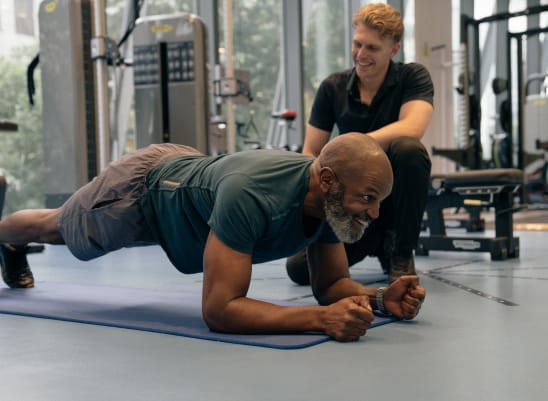
-
Work with a dedicated team of specialists, tailored to meet your specific needs and goals.
-
We combine over 1,000 years of expert experience in musculoskeletal healthcare and elite sport.
-
We are covered by all major insurers and also offer flexible self-pay options for added convenience.
Your Journey with Pure
Everything we do is personalised to you. Whether your goal is to run a marathon or simply walk up the stairs comfortably, we’ll deliver the correct diagnosis and tailored treatment you need to get there so that you can perform at your best and prevent reoccurrence.



